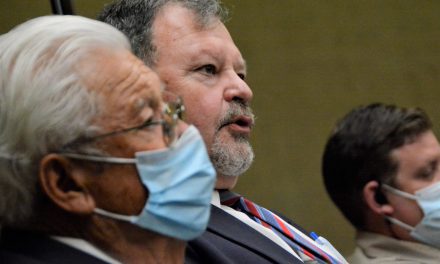Cash flow forecast indicates a rate increase to offset increasing costs
ATASCADERO — At its meeting on April 12, the Atascadero Mutual Water Company (AMWC) Board of Directors will be adopting its operating and capital investment budget for the upcoming fiscal year ending April 30, 2024. The budget includes a 5-year forecast of revenues and expenses.
The cash flow forecast indicates a rate increase on the order of 20-25 percent is needed to offset increasing operational and maintenance costs for electricity, natural gas, water treatment chemicals, materials, insurance, water system repairs, capital improvements to the aging water infrastructure, and construction of a water treatment plant.
AMWC additionally anticipates incurring a significant capital cost for constructing a treatment plant to remove polyfluoroalkyl substances (PFAS) from the water produced from wells that have PFAS concentrations above the response levels established by the California State Water Resources Control Board. Preliminary estimates place the cost of the treatment facilities at $15 million dollars. There will be significant, long-term operational and maintenance costs associated with the treatment plant in addition to the costs of construction.
In addition, AMWC’s costs for compliance with government regulations and mandates continue to increase for programs such as the Sustainable Groundwater Management Act, National Pollution Discharge Elimination System, Unregulated Contaminant Monitoring Rule, annual State Water Resources Board fees, among others.
The average single-family residential (SFR) customer in Atascadero uses 10,000 gallons of water per month. The water bill for the average SFR customer will increase from $59 per month to $73.50 per month with the rate increase being proposed by AMWC staff.
Even with the proposed rate increase, AMWC’s water rates will still be among the lowest in the county. The attached graph shows AMWC’s current and proposed rates.
AMWC operates the largest water system in the county with over 240 miles of water mains, 15 wells, nine booster stations, nine tanks, 11,200 service connections, 1,840 fire hydrants, 25 pressure-reducing stations, 4,500 valves, and other facilities.














